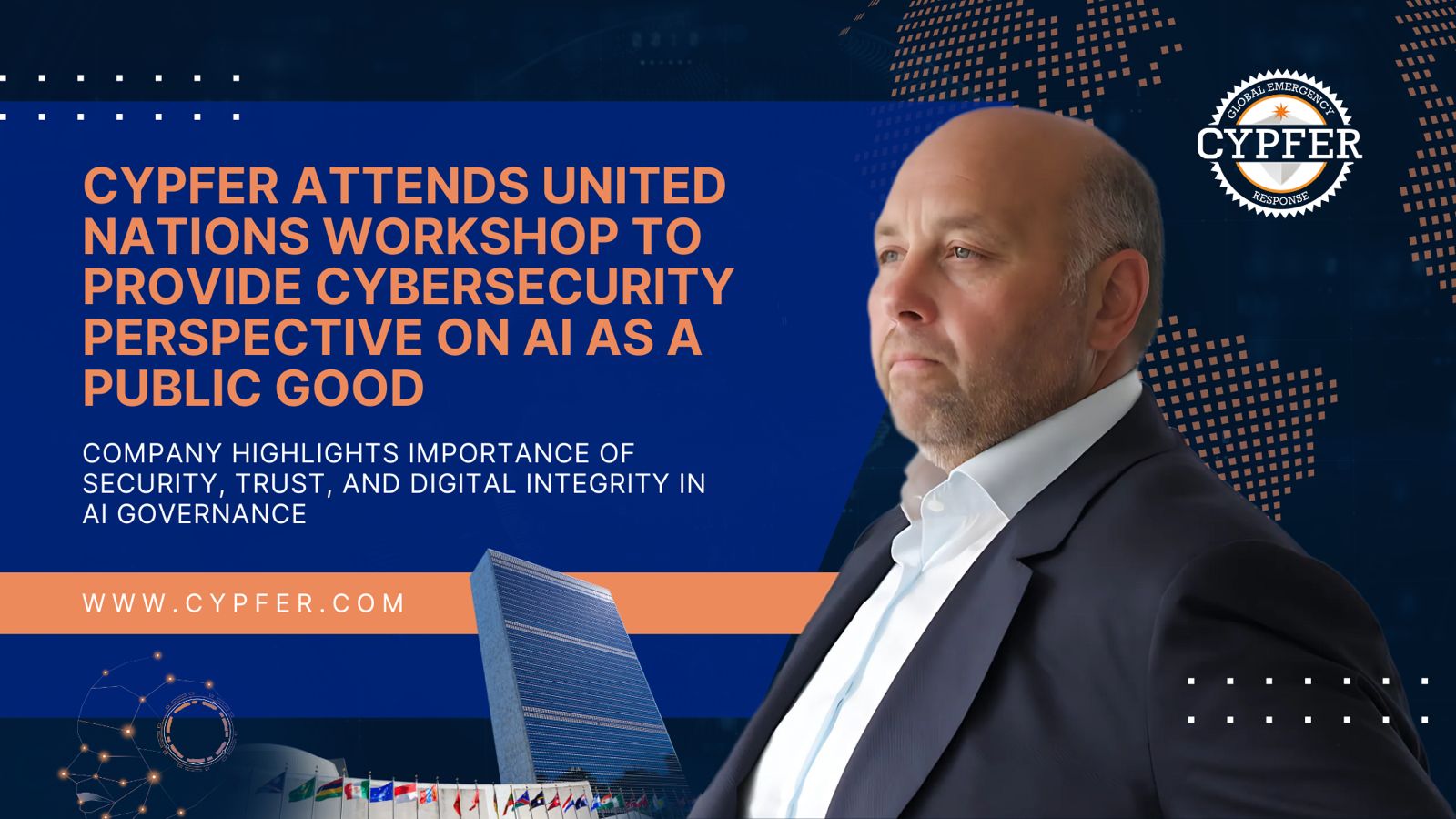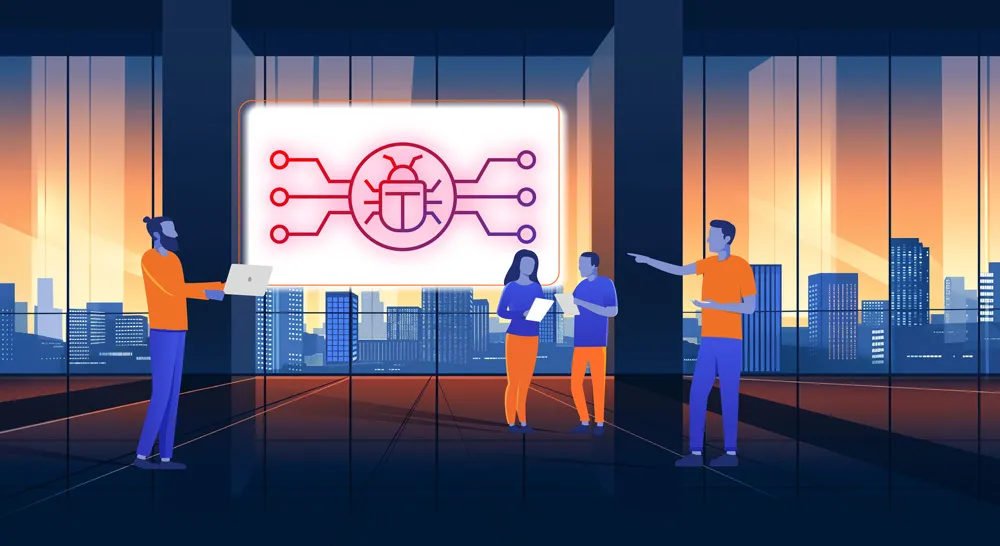
A Perfect Storm of Technology and Psychology
Phishing isn’t new. In fact, it’s one of the oldest tricks in the cybercrime playbook. But what’s changed in 2025 is the surgical precision with which cybercriminals execute these attacks. Today’s phishing campaigns are powered by AI, fueled by stolen data, and designed with a deep understanding of human psychology. At the apex of this evolution lies Business Email Compromise (BEC) – a multi-billion-dollar cybercrime epidemic that targets trust itself.
According to industry reports, BEC attacks rose another 25% in early 2025, with a dramatic increase in email impersonation scams related to gift cards, invoice fraud, and executive spoofing. The threat is no longer just about clicking a bad link – it’s about believing the wrong person. And that belief is costing organizations millions.
At CYPFER, we respond to phishing and BEC cases daily – often after the damage has been done. In this blog, we’ll break down how phishing evolved into BEC, explore modern techniques used by threat actors, and explain why prevention alone isn’t enough without expert-led response and recovery.
1. From Spray-and-Pray to Precision Strikes: The Evolution of Phishing
Traditional Phishing
The early 2000s brought a barrage of low-effort spam emails. These attacks typically included:
- Poorly written messages claiming you won a prize
- Attachments infected with malware
- Generic threats about account suspension
Success relied on scale, not sophistication. But that’s no longer the case.
Spear Phishing
Today’s attackers don’t guess – they research. Using publicly available information (LinkedIn profiles, press releases, even social media posts), they craft highly personalized emails that appear authentic.
Examples:
- A fake invoice referencing a real vendor
- An email from “your CFO” referencing a known business trip
- HR notifications timed with your company’s benefits enrollment window
Business Email Compromise (BEC)
BEC isn’t just phishing – it’s strategic impersonation. Threat actors breach or mimic an executive’s email account and use that trust to direct employees, often in finance or HR, to:
- Wire funds
- Purchase gift cards
- Send W-2s or payroll data
- Change banking information for legitimate vendors
In most BEC cases, there is no malware, no link, no attachment – only a well-written email and a sense of urgency.
2. Techniques Used by Modern BEC Actors
BEC attacks work because they look normal. But behind the scenes, the attackers are using highly technical and psychological tactics:
Email Spoofing
Attackers forge the “From” address to match a legitimate domain. While the actual sender domain might be “ceo-company.com” (instead of “[email protected]”), most employees won’t notice the difference.
Domain Impersonation
Cybercriminals register lookalike domains like:
- yourcompany.co
- your-compnay.com
- yourcornpany.com (using a Cyrillic “r” instead of a Latin one)
They may even purchase SSL certificates to make the fake domain appear “secure.”
Thread Hijacking
Once attackers compromise an inbox, they wait. They monitor conversations – especially around invoices, contracts, or payments – and insert malicious replies at the perfect moment.
These replies often:
- Mimic writing style
- Include real email signatures
- Reference prior messages in the thread
The victim never suspects they’re responding to a criminal.
3. Case Study: $25M Lost to a Deepfake-Driven BEC Attack
One of the most chilling examples in recent memory involved Arup, a global engineering consultancy, which lost $25 million in a BEC scam involving deepfake video.
In early 2024, employees in the Hong Kong office were invited to a video call with someone who appeared to be a senior executive from the UK. In reality, they were speaking with an AI-generated deepfake video, a synthetic avatar that mimicked the executive’s voice, mannerisms, and facial expressions.
The attackers had breached the company’s email systems and used the context of internal communications to schedule the call. Trusting what they saw and heard, staff followed instructions to authorize multiple wire transfers.
The attack was only discovered weeks later, after the funds had vanished.
4. The Psychology Behind Successful Attacks
BEC attacks are rarely successful because of poor technology. They succeed because they manipulate people.
Common Psychological Triggers:
- Urgency: “We need this processed by end-of-day.”
- Authority: “This is coming directly from the CEO.”
- Scarcity: “This opportunity expires in 2 hours.”
- Reciprocity: “Thanks for your help – really appreciate your discretion.”
- Fear of Consequences: “We’ll miss a critical deal if this isn’t paid.”
Even seasoned employees can fall for these tactics under pressure – especially in remote or hybrid work environments, where context cues are limited.
5. Why Email Filtering Alone Isn’t Enough
Spam filters, firewalls, and AI detection tools are crucial – but they don’t catch everything.
- Many BEC emails don’t contain malicious payloads (no attachments, no links).
- Thread hijacks occur from legitimate accounts, often whitelisted by the organization.
- Deepfakes and voice impersonation now bypass traditional digital indicators.
Prevention needs to be paired with forensic visibility, employee awareness, and rapid incident response to contain and recover from BEC threats.
6. Defense in Depth: A Modern BEC Protection Strategy
A. Technical Controls
- SPF, DKIM, DMARC: Email authentication protocols that reduce spoofing.
- Zero Trust Email Gateways: Systems that score, tag, and sandbox unusual emails.
- Domain Monitoring: Alerts for newly registered domains mimicking your brand.
B. Awareness & Simulation
- Role-Based Training: Customize scenarios for finance, executive assistants, and HR.
- Phishing Simulations: Test employee response to crafted BEC-style emails.
- Executive Coaching: Ensure the C-suite knows their risk as impersonation targets.
C. Tabletop Exercises
Run scenarios involving:
- An executive impersonation request
- A fake invoice from a compromised vendor
- A deepfake voice message instructing urgent payment
Practice ensures your team knows how to react before it’s real.
7. What to Do After a BEC Incident
Immediate Steps:
- Isolate affected accounts
- Preserve email logs and header data
- Notify your bank, you may be able to reverse transactions if acted on quickly
- Report to law enforcement and your insurer
- Engage a digital forensics and recovery firm like CYPFER
8. How CYPFER Helps Clients Recover from BEC
When a client experiences BEC, every second matters. CYPFER provides:
Incident Response
- Rapid containment of compromised accounts
- Live analysis of email header spoofing, domain infrastructure, and third-party compromise
Digital Forensics
- Tracing the origin and pathway of fraudulent messages
- Correlating logs and message metadata to uncover attacker infrastructure
Recovery Services
- Business continuity planning
- Restoration of affected systems and accounts
- Executive communication support for internal and external stakeholders
Threat Intelligence
- Correlation with known threat actor TTPs
- Identification of regional and industry-specific attack patterns
Conclusion: Trust is the Ultimate Target
Cybercriminals have figured out the one thing your security stack can’t patch: trust. And BEC is the clearest example of how attackers exploit human relationships to bypass technical defenses.
The question is no longer if your organization will be targeted, but how prepared you are to respond when it happens.
Your Complete Cyber Security Partner:
Every Step, Every Threat.
At CYPFER, we don’t just protect your business—we become part of it.
As an extension of your team, our sole focus is on cyber security, ensuring your peace of mind. From incident response and ransomware recovery to digital forensics and cyber risk, we integrate seamlessly with your operations. We’re with you 24×7, ready to tackle threats head-on and prevent future ones.
Choose CYPFER, and experience unmatched dedication and expertise. Trust us to keep your business secure and resilient at every turn.

Get Cyber Certainty™ Today
We’re here to keep the heartbeat of your business running, safe from the threat of cyber attacks. Wherever and whatever your circumstances.
Contact CYPFER





